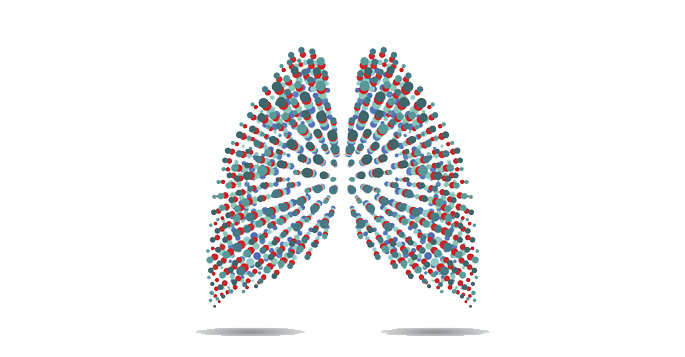by Bill Snyder

Histoplasmosis is a common lung infection caused by microscopic fungal spores that reside in soil. Most people who inhale the spores don’t get sick, but for those with weakened immune systems, the infection can become severe. About 90 percent of Middle Tennessee residents have had histoplasmosis exposure in their lifetime.
Previous maps show high prevalence rates in the Ohio and Mississippi River valleys. But recent outbreaks in Montana and Nebraska suggest the infection is spreading.
This week in the journal Emerging Infectious Diseases, Stephen Deppen, PhD, and colleagues describe a new map showing current geographic conditions suitable for histoplasmosis growth. The map predicts the same mid- to high-incidence areas reported by recent government surveys.
New maps are needed to improve early diagnosis and treatment, particularly for the growing number of people on immunosuppressive medications. Accurate mapping also can reduce the number of pulmonary granulomas (clumps of immune cells) caused by histoplasmosis that are mistaken on X-rays for lung cancer.
This approach, called suitability score mapping, should improve public health assessments and interventions for other geographic-specific infections, the researchers concluded.
This research was supported in part by the Department of Veterans Affairs and by the National Institutes of Health (grant CA172294).















